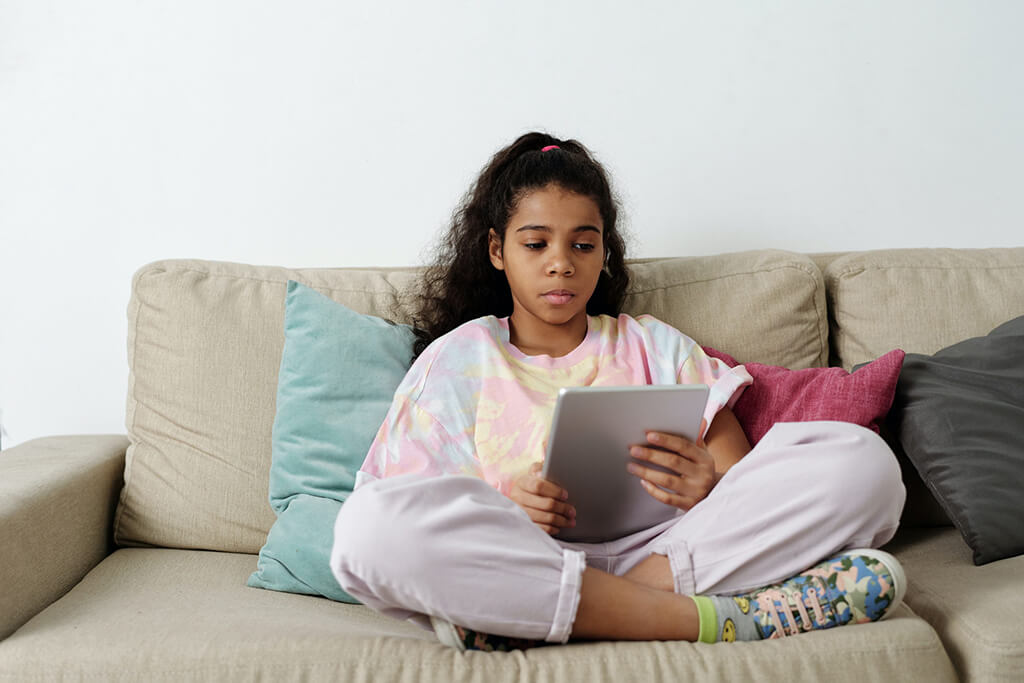
Digital eye strain, dry eyes and myopia: How the pandemic has impacted youth vision
New research shows children in Alberta are spending up to nine and a half hours per day on digital devices between school and home use.
Optometrist Dr. Farrah Sunderji explains throughout the pandemic the Alberta Association of Optometrists has seen a rise in the number of kids being diagnosed with myopia, or near-sightedness, due to the time being spent indoors.
“If your child is near-sighted it’s even more important that parents balance screen time and outdoor playtime,” she said. “Research has shown that one hour of outdoor time can slow down the rate of myopia and it can delay the onset of glasses in children who aren’t currently wearing them.”
She adds children under the age of two shouldn’t be spending any time on screens unless they’re live video chatting.
In the next age group, two to five-year-olds, only one hour per day with parental supervision is recommended. Then finally, she explains youth between five and 18 years of age should ideally spend no more than two hours per day on screens.
“As a parent, I face the same challenges and I’m encouraging other parents to be more mindful of the impact of screen time on their children’s eyes,” she said.
Dr. Sunderji says digital eye strain and dry eyes are other conditions that are more common in the pediatric population since the start of the pandemic.
The blue light emitted from screens can cause eye discomfort if you’re exposed for more than two hours, and dry eyes are due to the reduced amount of blinking while watching a screen.
However, Dr. Sunderji has a few tips and tricks to prevent or ease these conditions.
“We have blue-light, anti-reflective coating that now can be added to glasses, especially children’s glasses,” she said, suggesting parents should also practise the 20,20,20 rule. “Which means every 20 minutes looking 20 feet away for about 20 seconds.”
Meantime she says near-sightedness can be controlled or managed with specific lenses and prescription eye drops.



Leave Your Comment